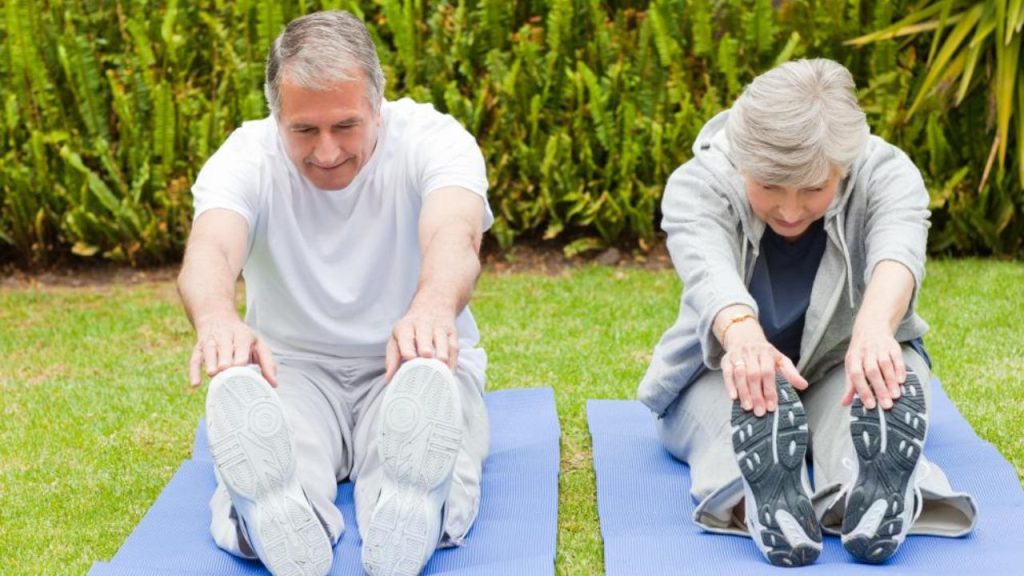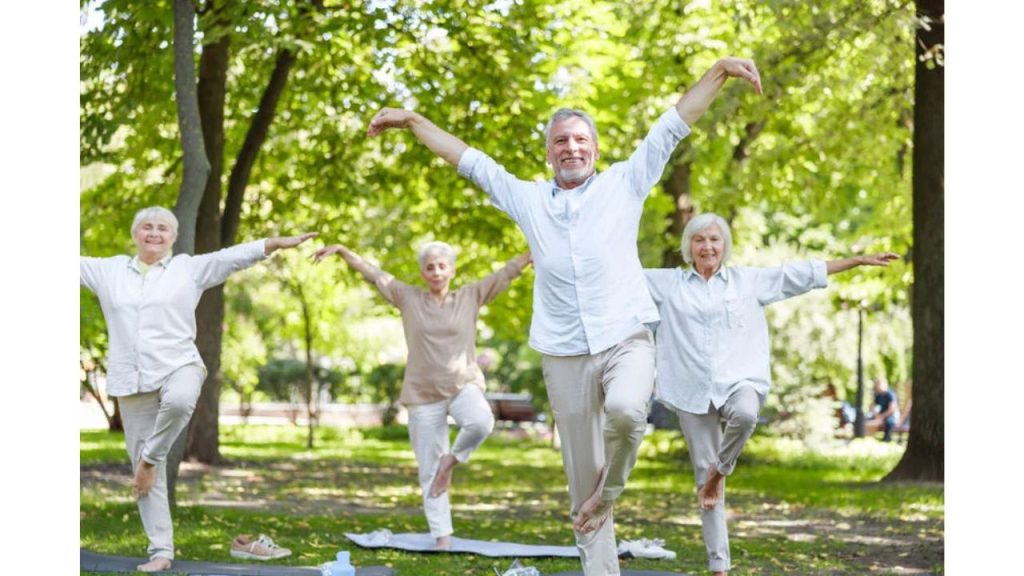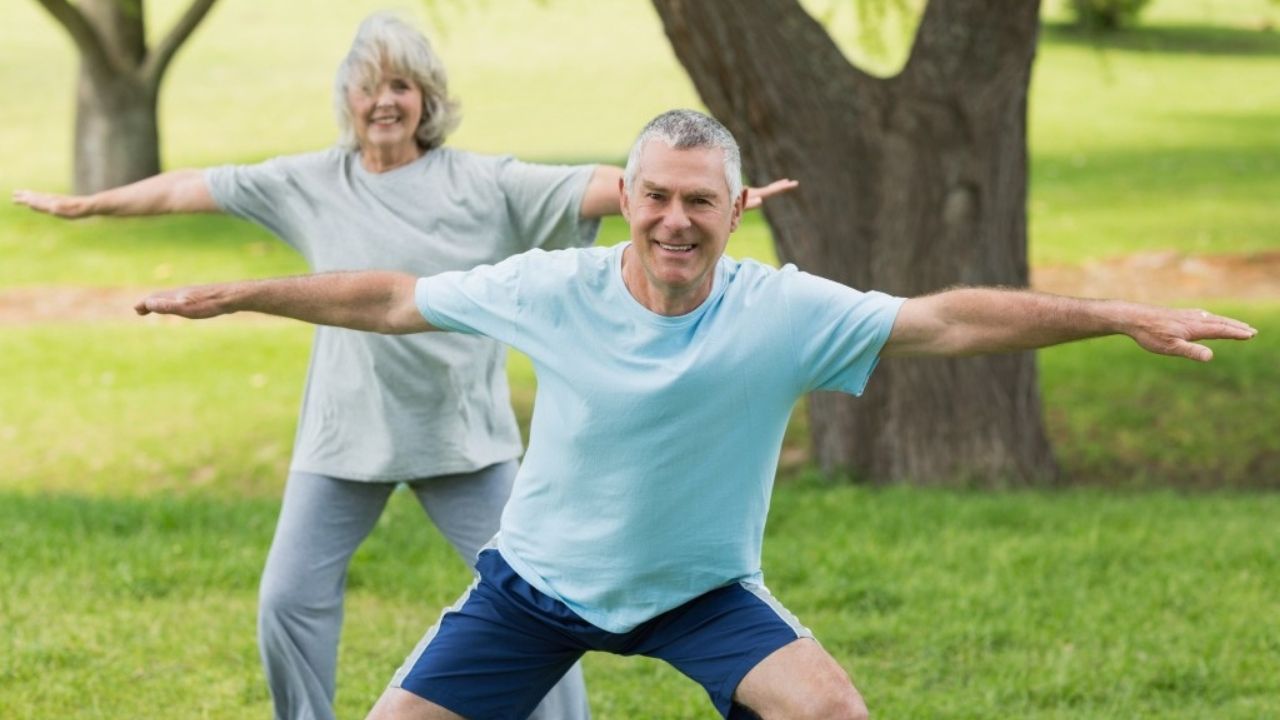The Benefits of Exercise Over 60 Years Old
Aging is a natural and inevitable part of life. While it brings wisdom and experience, it also comes with physical changes such as reduced muscle mass, decreased bone density, and a slower metabolism. For individuals over 60, maintaining physical activity becomes not just a lifestyle choice but a crucial element for sustaining health and quality of life. Exercise offers numerous benefits for older adults, spanning physical, mental, and emotional well-being. Below, we explore the profound advantages of exercise for those over 60 and why it’s never too late to start moving.
1. Enhanced Physical Health:
Improved Cardiovascular Health
Heart disease is a leading cause of death worldwide, and the risk increases with age. Regular aerobic exercise, such as walking, swimming, or cycling, can strengthen the heart and improve circulation. It helps regulate blood pressure, reduce cholesterol levels, and enhance overall cardiovascular function. Studies have shown that even moderate-intensity exercise can significantly lower the risk of heart disease in seniors. Click here
Stronger Muscles and Bones
After the age of 30, muscle mass naturally declines at a rate of 3–8% per decade, a process that accelerates after 60. Strength training exercises, such as lifting weights or using resistance bands, can counteract this decline by building muscle mass and enhancing strength. Additionally, weight-bearing exercises like walking or yoga improve bone density, reducing the risk of osteoporosis and fractures—a major concern for older adults.
Improved Mobility and Balance
Falls are a leading cause of injury among older adults. Exercises that focus on balance, flexibility, and core strength, such as tai chi or Pilates, can help reduce the risk of falls by improving stability and coordination. Enhanced mobility also means greater independence and the ability to engage in daily activities without assistance.
Boosted Immune Function
The immune system weakens with age, making seniors more susceptible to illnesses. Regular physical activity stimulates the production of white blood cells and promotes better circulation, allowing the body to fend off infections more effectively. As a result, active seniors are less likely to fall ill compared to their sedentary peers.

2.Mental and Cognitive Benefits:
Reduced Risk of Cognitive Decline
Cognitive decline, including conditions like dementia and Alzheimer’s disease, becomes more common as people age. Exercise has been shown to enhance brain health by improving blood flow to the brain, promoting the growth of new neurons, and reducing inflammation. Activities such as brisk walking, swimming, or even gardening can help sharpen memory, attention, and problem-solving skills.
Stress and Anxiety Reduction
Life after 60 often involves significant transitions, such as retirement, loss of loved ones, or adjusting to a new pace of life. Exercise acts as a natural stress reliever by releasing endorphins, the body’s “feel-good” hormones. These chemicals help alleviate anxiety, combat depression, and foster a sense of well-being.
Better Sleep
Insomnia and disrupted sleep patterns are common among older adults, often exacerbated by health issues or medications. Regular exercise has been shown to improve sleep quality and duration by regulating the body’s circadian rhythm and reducing feelings of restlessness or fatigue during the day.
Enhanced Mood and Emotional Well-being
Physical activity not only reduces symptoms of depression but also boosts overall happiness. Group fitness classes or walking groups can provide opportunities for social interaction, combating loneliness and fostering a sense of community—key factors in emotional health for seniors.
3.Prevention and Management of Chronic Diseases
Diabetes Management
Exercise is particularly beneficial for managing type 2 diabetes, a condition that becomes more prevalent with age. Physical activity helps regulate blood sugar levels by increasing insulin sensitivity and glucose uptake by the muscles. Regular workouts can reduce the need for medication and prevent complications associated with diabetes.
Arthritis Relief
Many older adults experience joint pain and stiffness due to arthritis. Contrary to popular belief, exercise can alleviate these symptoms by strengthening the muscles around the joints, improving flexibility, and reducing inflammation. Low-impact activities like swimming, yoga, or cycling are especially beneficial.
Cancer Prevention
While the exact mechanisms are still under study, research suggests that regular physical activity can reduce the risk of certain types of cancer, such as breast and colon cancer. Exercise may help by regulating hormone levels, improving immune function, and reducing chronic inflammation. Click here
4.Longevity and Quality of Life
Increased Lifespan
Numerous studies have linked physical activity to a longer life expectancy. Seniors who exercise regularly are less likely to develop chronic illnesses and are more likely to maintain their independence as they age. Even light activities, like walking or gardening, can contribute to increased longevity.
Maintaining Independence
The ability to perform daily tasks, such as climbing stairs, grocery shopping, or cleaning, often diminishes with age. Exercise helps preserve functional fitness, allowing seniors to remain independent and live without relying heavily on caregivers or family members.
Improved Posture and Core Strength
Good posture and core strength are essential for avoiding back pain and maintaining balance. Exercises that target the core, such as planks or seated leg raises, help seniors maintain an upright posture, reducing the risk of spinal issues or other discomforts.

5.Tailoring Exercise for Seniors
Starting Slowly
For those who have been inactive for years, the idea of starting an exercise routine can be daunting. The key is to begin slowly and choose activities that match one’s fitness level and preferences. For example, a sedentary individual might start with short daily walks and gradually increase duration and intensity.
Low-Impact Options
Not all exercises are suitable for seniors, especially those with joint pain or other health conditions. Low-impact activities, such as swimming, water aerobics, or chair yoga, are gentle on the joints while still offering significant health benefits.
Incorporating Variety
A well-rounded fitness routine should include aerobic exercises, strength training, flexibility exercises, and balance work. This combination ensures comprehensive health benefits and keeps workouts engaging and enjoyable.
Consulting Professionals
Before starting any exercise program, it’s advisable for older adults to consult with a healthcare provider or fitness professional. This ensures that the chosen activities are safe and appropriate, especially for those with pre-existing conditions or limited mobility.

6.Overcoming Barriers to Exercise
Time and Motivation
Some seniors may feel they don’t have the time or motivation to exercise, particularly if they are already managing health issues or family responsibilities. Setting small, achievable goals and finding activities that bring joy can help overcome these barriers.
Physical Limitations
Conditions like arthritis, osteoporosis, or past injuries might make certain exercises difficult. In such cases, adaptive fitness programs or exercises tailored to individual needs can make staying active more accessible.
Financial Constraints
Gym memberships or fitness classes can be expensive, but staying active doesn’t have to cost much. Walking, gardening, or following free online workout videos are budget-friendly ways to incorporate exercise into daily life.

7.Inspiring Real-Life Examples
Countless seniors have embraced fitness and reaped the rewards. For example, Harriette Thompson, who ran her first marathon at age 76 and continued well into her 90s, is a testament to the idea that it’s never too late to start. These stories serve as powerful reminders of the resilience and adaptability of the human body, regardless of age.
Conclusion
Exercise is a cornerstone of healthy aging. For individuals over 60, it offers a pathway to better physical health, sharper cognitive function, and improved emotional well-being. Whether it’s a daily walk, a yoga session, or a swim, the key is consistency and enjoyment. The benefits of staying active far outweigh the initial effort required to start, making it one of the most valuable investments in long-term health and happiness.
Embrace movement, prioritize your well-being, and enjoy the golden years with vitality and confidence. After all, age is just a number, and with the right approach, the best years may still lie ahead.

